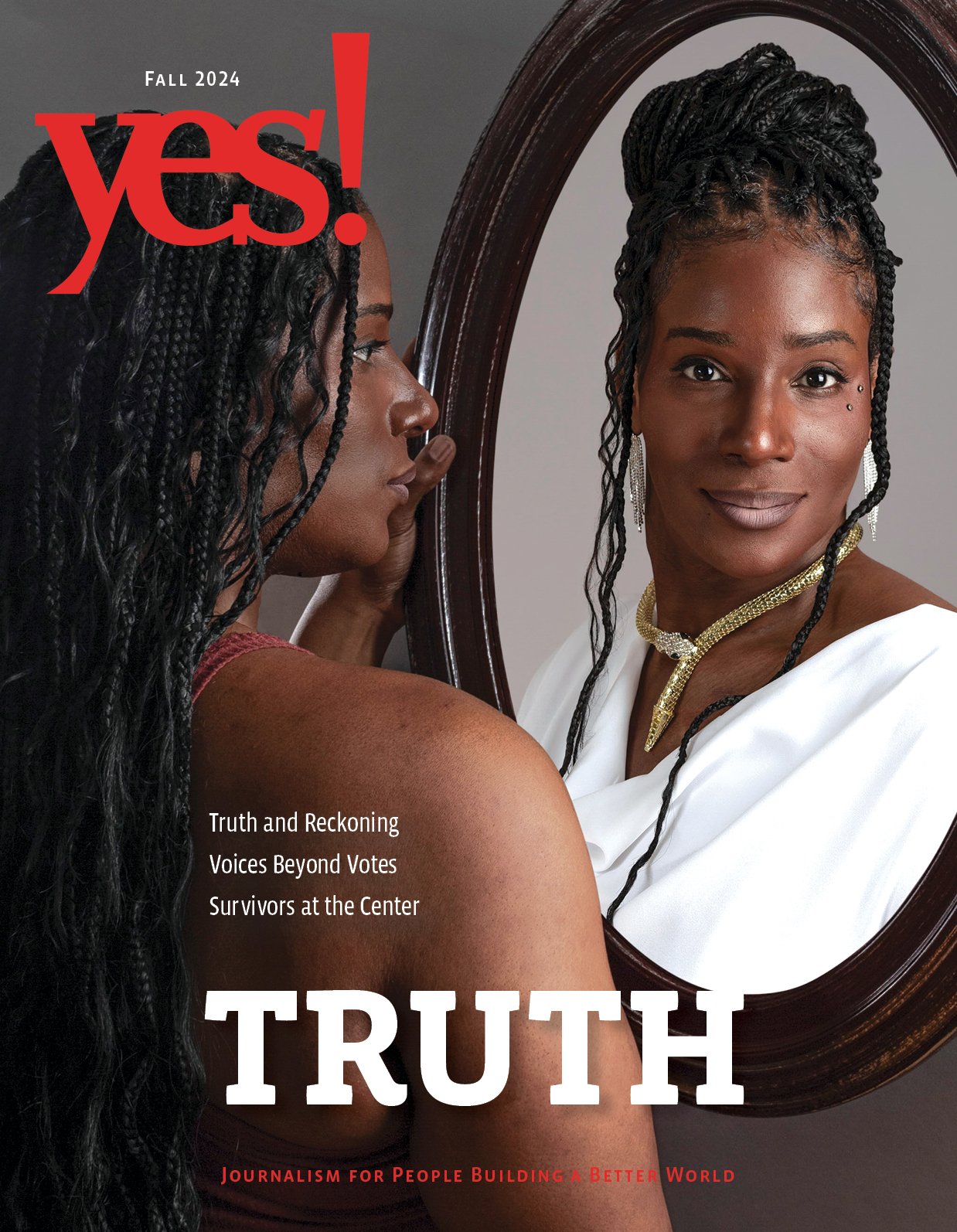Seattle Is Sixth Local Government to Sue Trump Over Threats to Sanctuary Cities

Protestors rally against the Trump administration's immigration ban in downtown Seattle. Photo by Scott Lum via Flickr
Just days after taking office, President Trump signed an executive order titled “Enhancing Public Safety in the Interior of the United States,” which sought to pressure local governments to cooperate with a federal crackdown on immigration. It gives the U.S. attorney general the power to designate any state or local government a “sanctuary jurisdiction” and then to withhold certain federal funding from it.

This week, U.S. Attorney General Jeff Sessions announced that the government planned punitive actions—most notably the pulling of federal funds—against states and cities with “sanctuary” polices that prevent police officers and other public employees from inquiring about the immigration status of people they serve.
Many local governments have responded with defiance. The day that Trump signed his order, Jan. 25, New York City Mayor Bill de Blasio quickly held a press conference in which he promised that the city would sue the Trump administration if it ever followed through on those threats. “The minute any specific action to withhold funding were to occur, that’s when Zach Carter is in court the next hour,” the mayor said, referring to the city’s chief lawyer.
But a growing list of other local governments have chosen not to wait to take legal action.
San Francisco filed the first lawsuit on Jan. 31. Next was the county of Santa Clara—home to Silicon Valley. Chelsea and Lawrence, two cities in Massachusetts, followed, as well as the city of Richmond, California. This Wednesday, Seattle became the sixth local government to sue Trump.
“The Executive Order has thrown the county’s ongoing budgeting process into chaos.”
The lawsuits make it clear why these cities and counties are not waiting for Trump to make good on the punishments, and cite a range of constitutional violations.
“The Executive Order has thrown the county’s ongoing budgeting process into chaos,” Santa Clara county’s lawyers wrote in their suit, “forcing the county to choose whether to continue incurring hundreds of millions of dollars in costs that may never be reimbursed or discontinue providing basic safety-net services to its most vulnerable residents.” About 15 percent of Santa Clara’s $6 billion budget comes from the federal government, according to the lawsuit.
Santa Clara’s complaint goes on to charge that the executive order violates the U.S. Constitution in several ways, primarily by attempting to coerce local governments to use their own resources to do federal work. The Supreme Court has consistently ruled that such legislation violates the 10th Amendment. For example, the Brady Handgun Violence Prevention Act, signed by President Bill Clinton in 1993, would have compelled local law enforcement to do background checks on people seeking to buy weapons. Several county sheriffs sued, and in 1997 the Supreme Court ruled that the law violated the 10th Amendment because it “unambiguously required the states to enact or administer a Federal regulatory program.”
That’s just one of the many constitutional problems the lawsuits point to. The Seattle complaint, for example, charges that Trump’s executive order also contains violations of the Constitution’s spending clause, using “terms that are vague and not defined.”
“These cities and counties are forcing the Trump administration to say what they really mean.”
Getting the administration to be specific is part of the point, says Lena Graber, a staff attorney with the Immigrant Legal Resource Center. “The executive order could be interpreted in many different ways,” she says. “These cities and counties are forcing the Trump administration to say what they really mean.”
Graber believes the lawsuits have a good chance of winning. “Sanctuary policies are legal, and Trump’s executive order is not,” she says.
So, would a victory in court invalidate the executive order, as happened with Trump’s two attempted travel bans?
Bill Ong Hing, one of nearly 300 legal scholars who signed a letter to the president opposing the executive order, says it may not be that simple. One difference is that the cases against the travel ban were class-action suits, but the ones against the executive order have specific sanctuary cities as individual plaintiffs.
“There could be a decision that’s favorable to Santa Clara or San Francisco, and [the Trump administration] could still try to implement it in different parts of the country,” Hing says. “It’s only when there’s a decision by the Supreme Court that the law is thrown out.”
“It makes a real difference if you are an immigrant, to not feel like every local agency is a threat.”
Yet Hing is confident that the issue will end up there. Even if none of the current cases make it to the Supreme Court, he believes, some other attempt to crack down on sanctuary cities will. He says the interest in withholding federal funding from sanctuary cities has been building in the Republican Party for years, citing similar legislation introduced by then-Sen. Jeff Sessions in 2015.
Meanwhile, Graber expects many more cities, counties, and states to sue the Trump administration to protect policies they believe are beneficial to their residents, both immigrants and non-immigrants.
“It makes a real difference,” she says, “if you are an immigrant, to not feel like every local agency is a threat to you and your family.”
Editor’s note: The original text of this article erroneously stated that the budget of Santa Clara county was about $6 million, when the correct figure is about $6 billion. This error has been corrected.







